Category: CompTIA A+
What is DHCP? (Dynamic Host Configuration Protocol)

Understanding DHCP: The Dynamic Host Configuration Protocol Explained Dynamic Host Configuration Protocol (DHCP) is a client/server protocol that automatically provides an Internet Protocol (IP) host with its IP address and other related configuration information such as the subnet mask and default gateway. DHCP allows hosts to obtain required TCP/IP configuration information from a DHCP server.… Read more
CompTIA A+ 3.5 Core 1
What is a DDOS Attack? (Distributed Denial of Service)
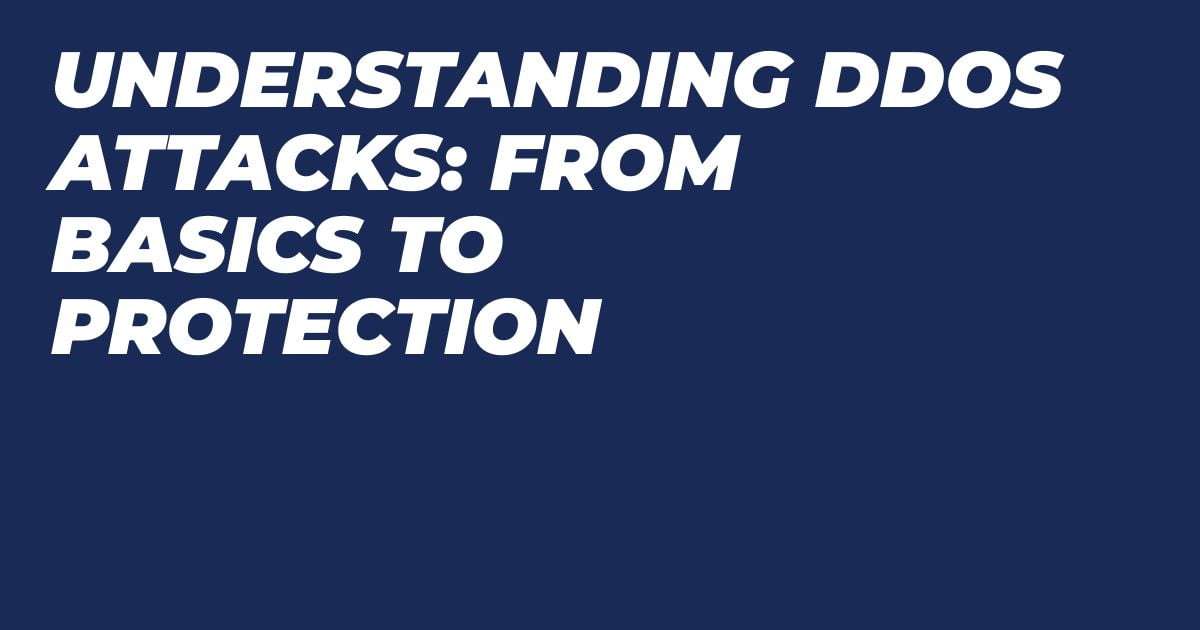
Understanding DDoS Attacks: From Basics to Protection A DDoS attack, or Distributed Denial of Service attack, is a type of cybercrime where the attacker floods a server with internet traffic, making it difficult or impossible for legitimate users to access connected online services and sites. The motivations for DDoS attacks vary widely, including disgruntled individuals,… Read more
What is a CPU? (Central Processing Unit)
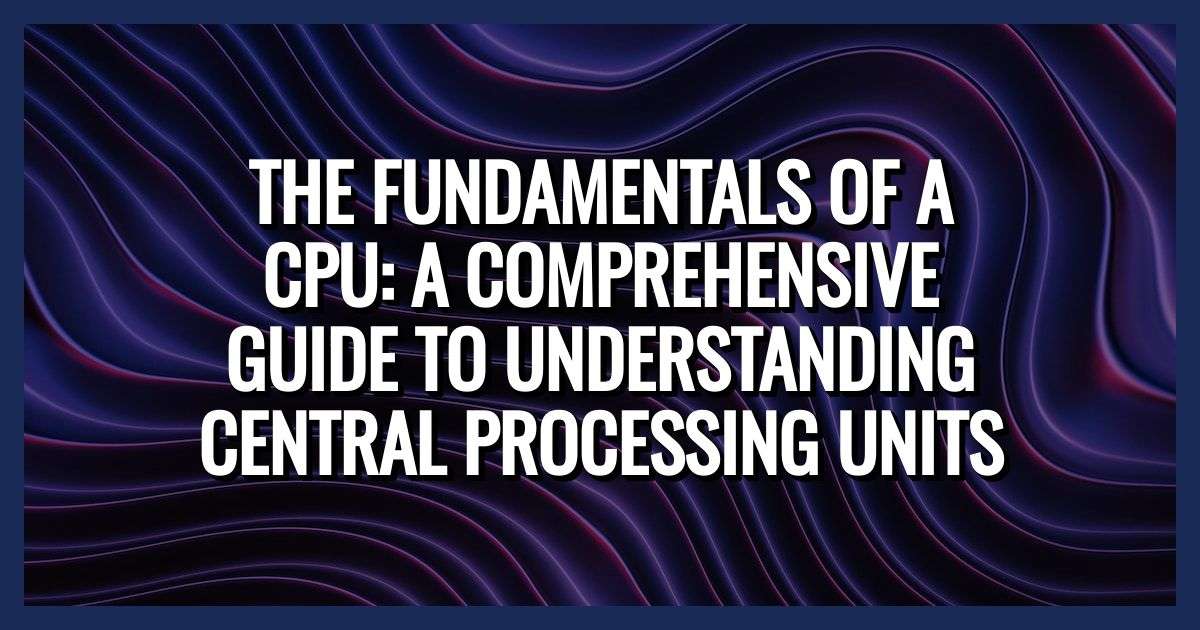
The Fundamentals of a CPU: A Comprehensive Guide to Understanding Central Processing Units The Central Processing Unit (CPU), also known as the “central” or “main” processor, serves as the primary component of a computer, functioning as its “control center.” It encompasses a complex set of electronic circuitry responsible for running the computer’s operating system and… Read more
What is CMOS? (Complementary Metal-Oxide Semiconductor)
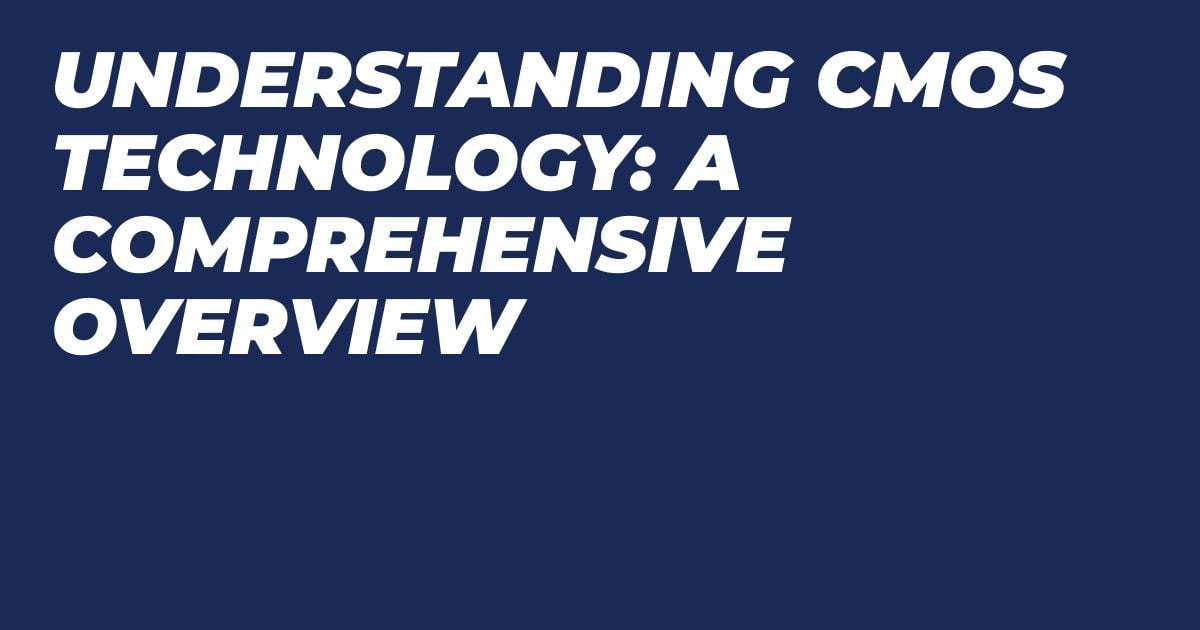
Understanding CMOS Technology: A Comprehensive Overview Complementary Metal-Oxide Semiconductor (CMOS) technology plays a crucial role in today’s integrated circuits, commonly referred to as microchips. CMOS transistors, which are based on metal-oxide-semiconductor field-effect transistor (MOSFET) technology, function as switches or amplifiers that regulate the flow of electricity between source and drain terminals based on the applied… Read more
What is CMD? (Command Prompt)
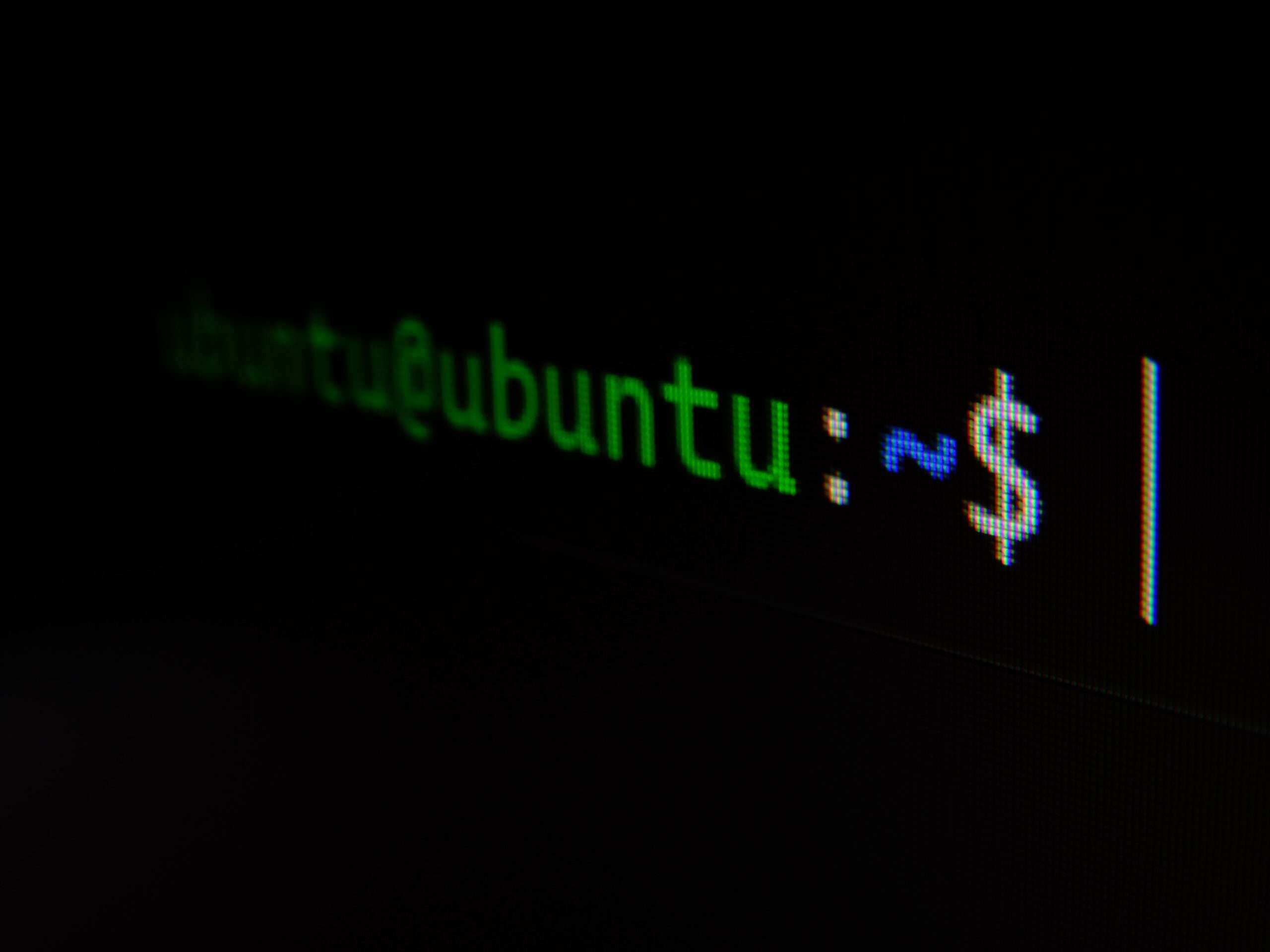
Understanding CMD: A Comprehensive Guide to Command Prompt Command Prompt, also known as Windows Command Processor or cmd prompt, is a command line interpreter application found in most Windows operating systems. It allows users to execute commands that automate tasks, perform administrative functions, and troubleshoot Windows issues. Although it emulates many of the command line… Read more
What is CDMA? (Code-Division Multiple Access)

Understanding CDMA (Code-Division Multiple Access) Technology CDMA (Code-Division Multiple Access) is a multiplexing protocol used in second-generation (2G) and third-generation (3G) wireless communications. It allows multiple signals to occupy a single transmission channel, optimizing available bandwidth. CDMA technology is employed in ultra-high-frequency (UHF) cellular phone systems in the 800 megahertz (MHz) and 1.9 gigahertz (GHz)… Read more
What is CDFS? (Compact Disc File System)

Understanding CDFS (Compact Disc File System) In the digital world, file systems play a crucial role in managing data storage and retrieval. One such file system that has been widely used is the Compact Disc File System (CDFS). This article aims to provide an in-depth understanding of CDFS and its significance in the realm of… Read more
CompTIA A+ Objective 3.4 Core 1
What is BSOD? (Blue Screen of Death)
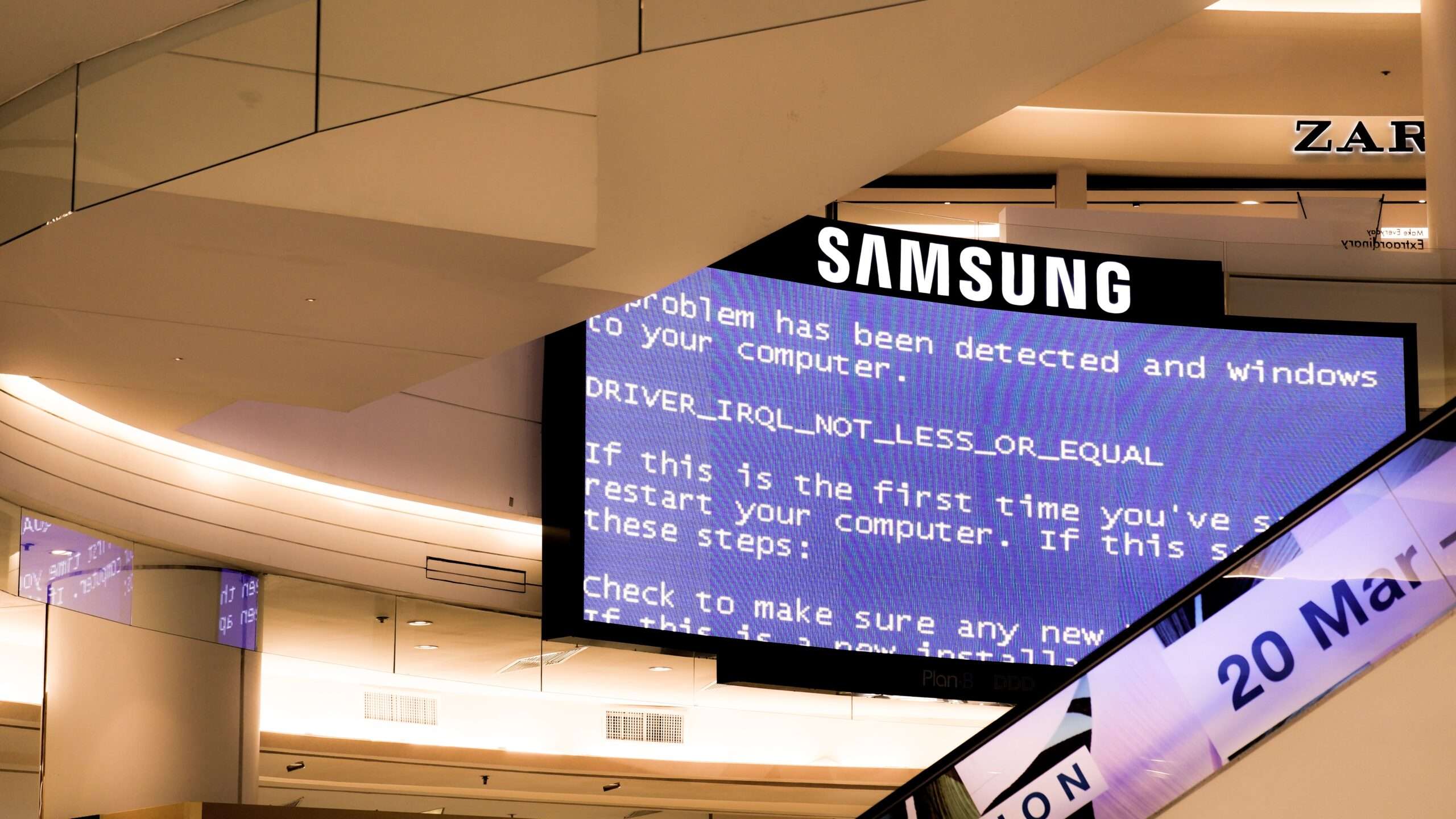
Understanding BSOD: The Basics of Blue Screen of Death The blue screen of death (BSOD) is a dreaded error message that signifies a critical system failure at the Windows kernel level. It is typically caused by issues with hardware or driver software. When a BSOD occurs, all unsaved work is lost, and the system halts… Read more
What Is BIOS? (Basic Input/Output System)
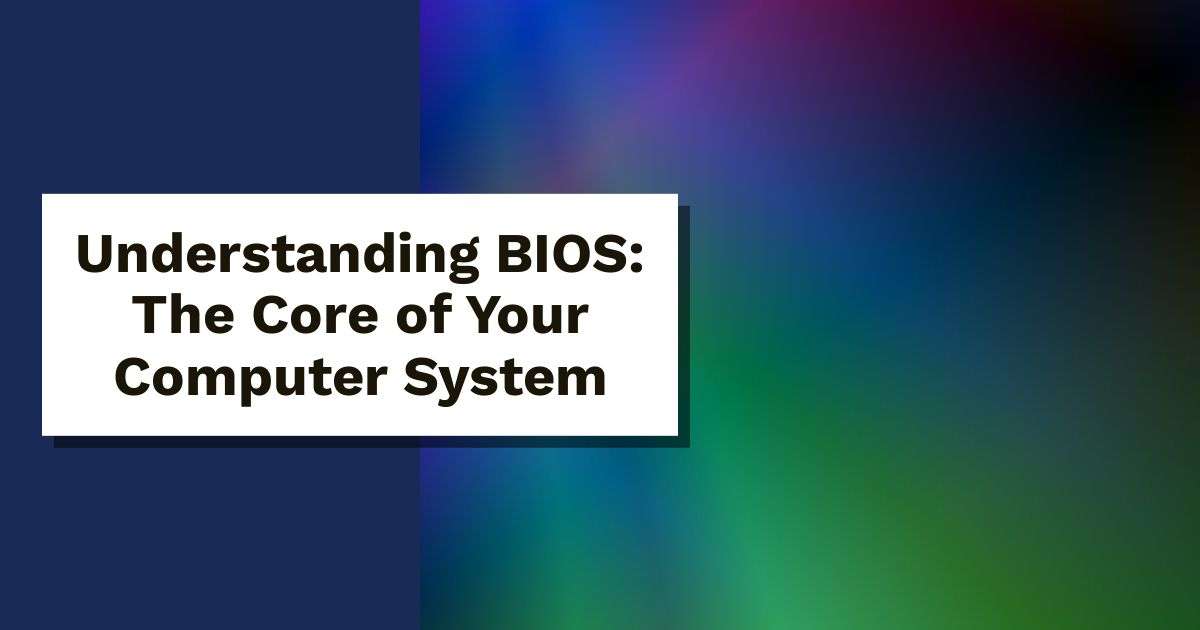
Understanding BIOS: The Core of Your Computer System The BIOS, or Basic Input/Output System, is a critical program used by a computer’s microprocessor to initiate the computer system after it is powered on. It is also responsible for managing the data flow between the computer’s operating system and its connected devices, including the hard disk,… Read more
What is Acceptable Use Policy? (AUP)

Understanding Acceptable Use Policies (AUP): A Comprehensive Guide An acceptable use policy (AUP) outlines the rules and guidelines that users must adhere to in order to access a company’s network, the internet, or other resources. It dictates what a user can and cannot do when using computers and computing resources, whether provided by the organization… Read more
